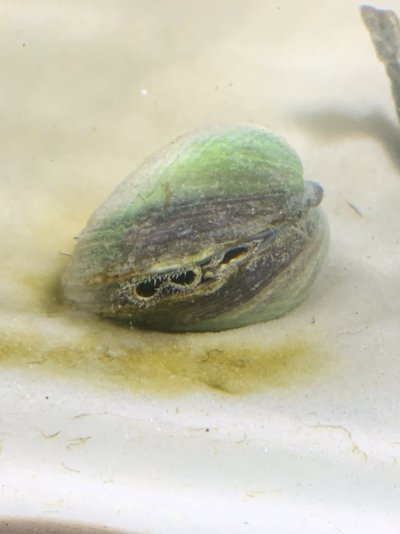- Joined
- Jan 12, 2019
- Messages
- 975
- Reaction score
- 1,199
Hey everyone,
Was at the market today and saw some live cockle clams for sale and packed up a bunch. Popped four of them outta my bag and into an empty fiourish gallon nano that ive been meaning to stock for months. Couldn't tell if they were alive at first, but recorded some Timelapse's of them (lol) and found caught a few spitting out sand and slightly opening their shells. I realize not many people have probably tried keeping them, but curious if anyone would have some tips. I took the heater out since I assume they don't come from tropical waters, and still haven't worked out what exactly to feed them lol. gonna keep monitoring them for now, and appreciate any advice!
clam lapse:
Was at the market today and saw some live cockle clams for sale and packed up a bunch. Popped four of them outta my bag and into an empty fiourish gallon nano that ive been meaning to stock for months. Couldn't tell if they were alive at first, but recorded some Timelapse's of them (lol) and found caught a few spitting out sand and slightly opening their shells. I realize not many people have probably tried keeping them, but curious if anyone would have some tips. I took the heater out since I assume they don't come from tropical waters, and still haven't worked out what exactly to feed them lol. gonna keep monitoring them for now, and appreciate any advice!
clam lapse:


















